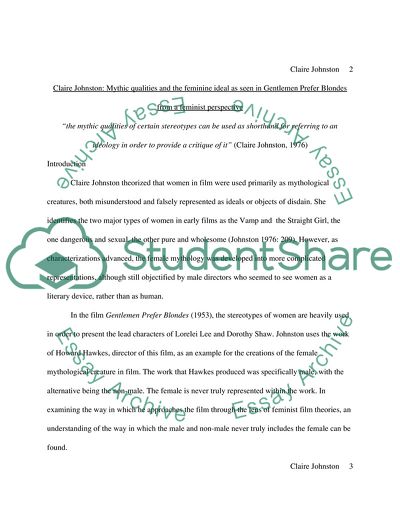Cite this document
(Gentlemen Prefer Blondes from a Feminist Perspective Case Study, n.d.)
Gentlemen Prefer Blondes from a Feminist Perspective Case Study. Retrieved from https://studentshare.org/gender-sexual-studies/1737443-reading-film-2
Gentlemen Prefer Blondes from a Feminist Perspective Case Study. Retrieved from https://studentshare.org/gender-sexual-studies/1737443-reading-film-2
(Gentlemen Prefer Blondes from a Feminist Perspective Case Study)
Gentlemen Prefer Blondes from a Feminist Perspective Case Study. https://studentshare.org/gender-sexual-studies/1737443-reading-film-2.
Gentlemen Prefer Blondes from a Feminist Perspective Case Study. https://studentshare.org/gender-sexual-studies/1737443-reading-film-2.
“Gentlemen Prefer Blondes from a Feminist Perspective Case Study”. https://studentshare.org/gender-sexual-studies/1737443-reading-film-2.


